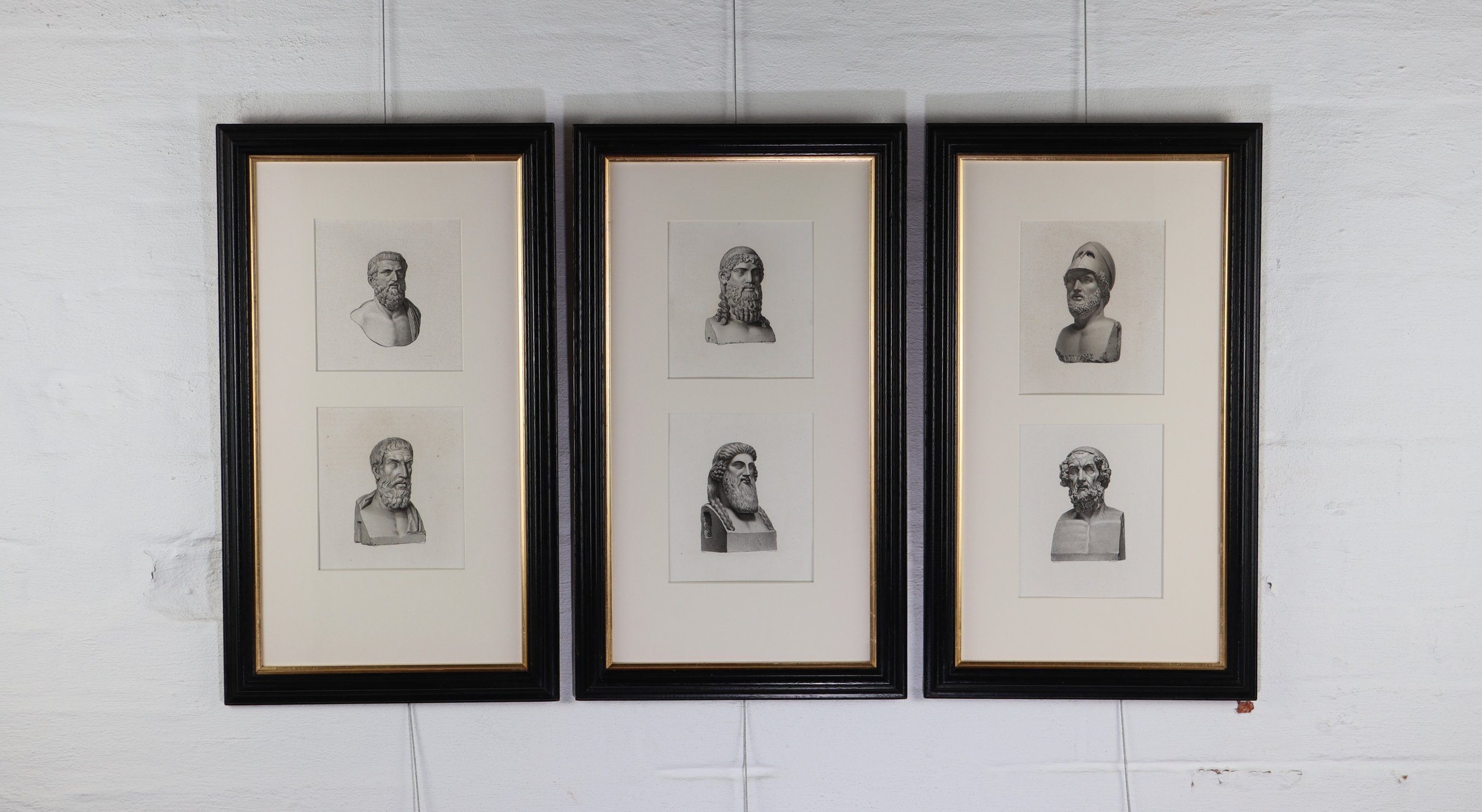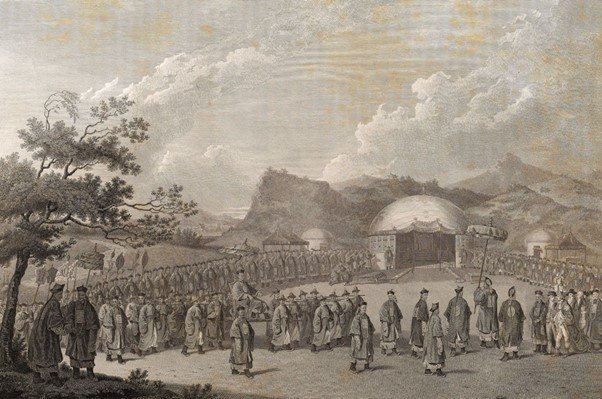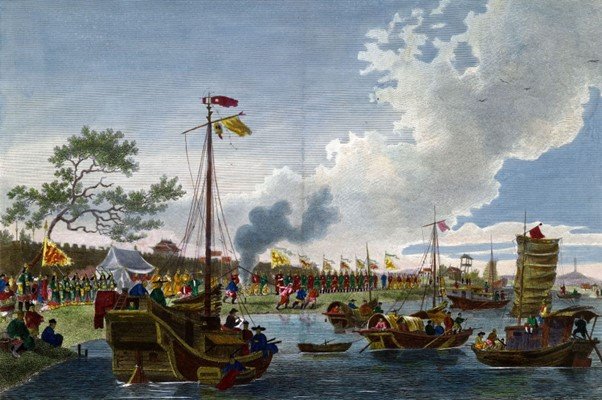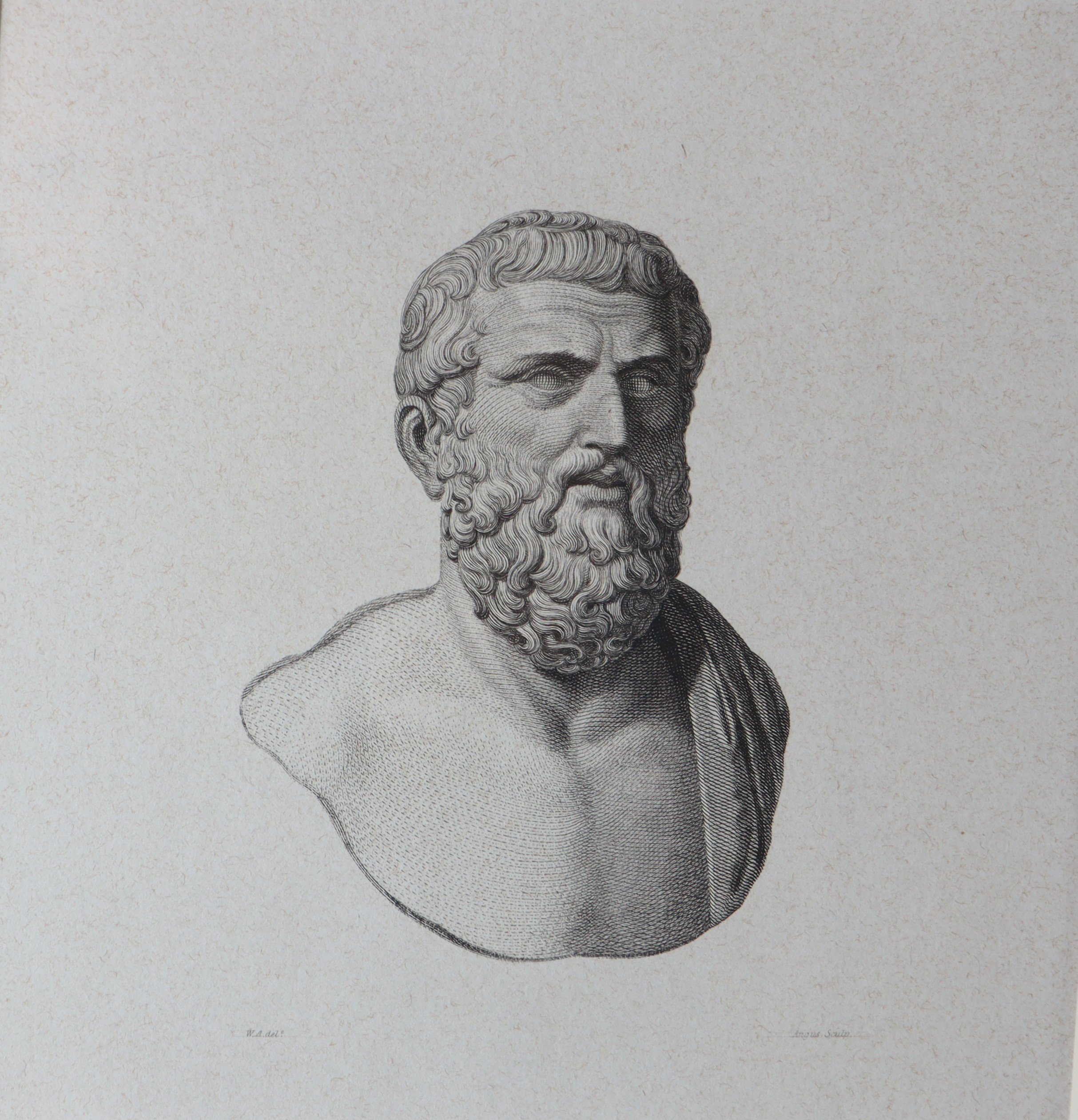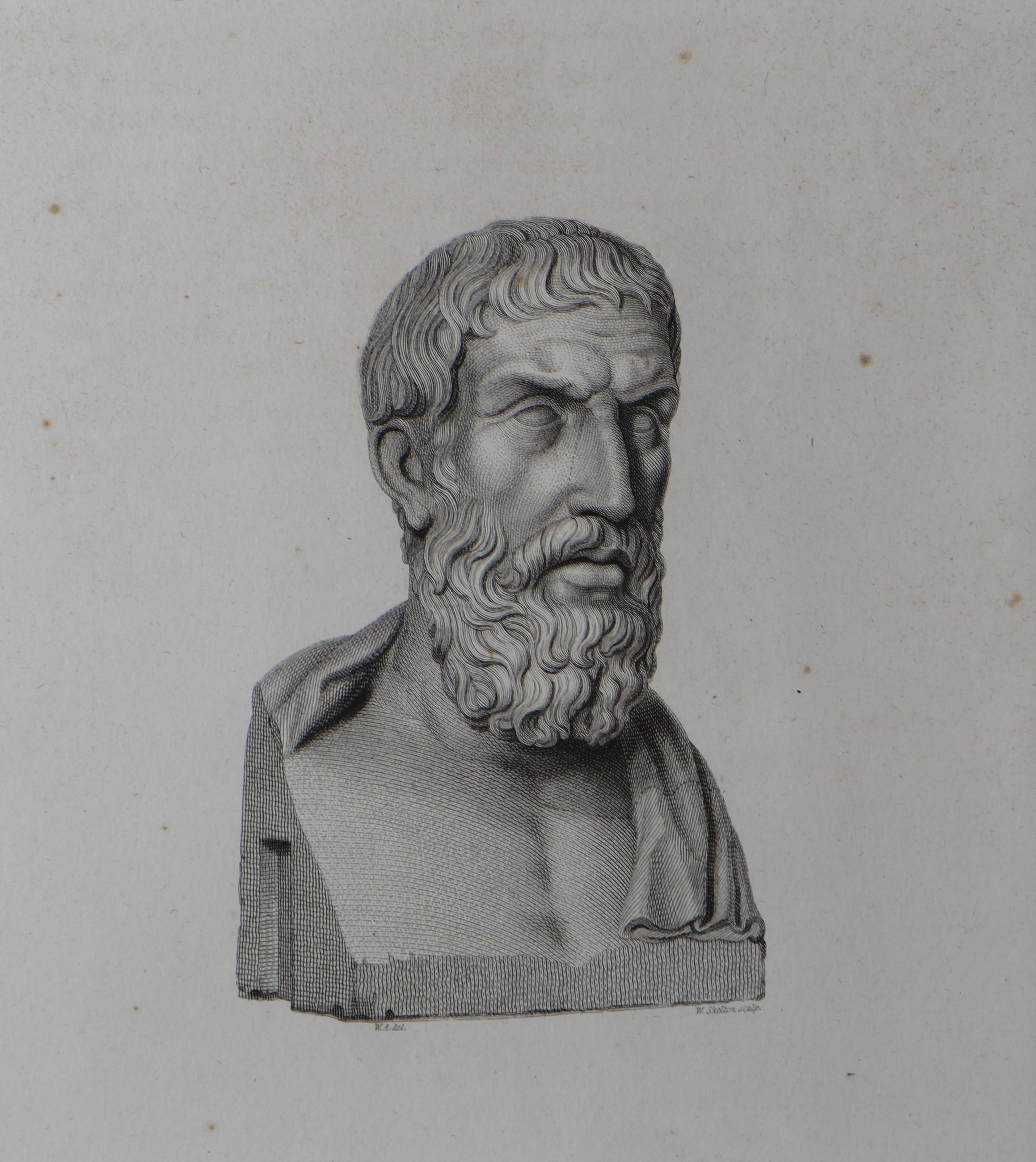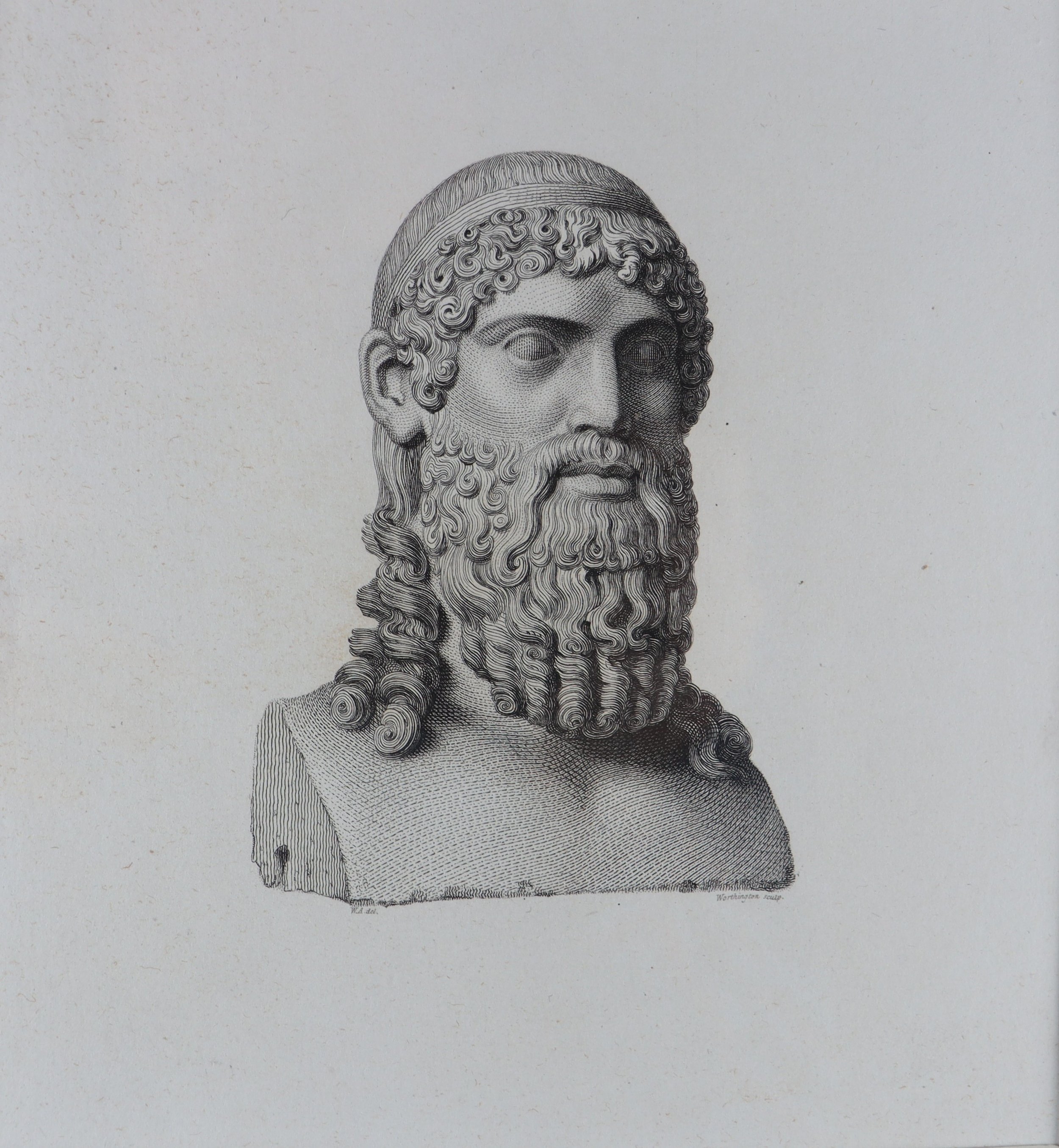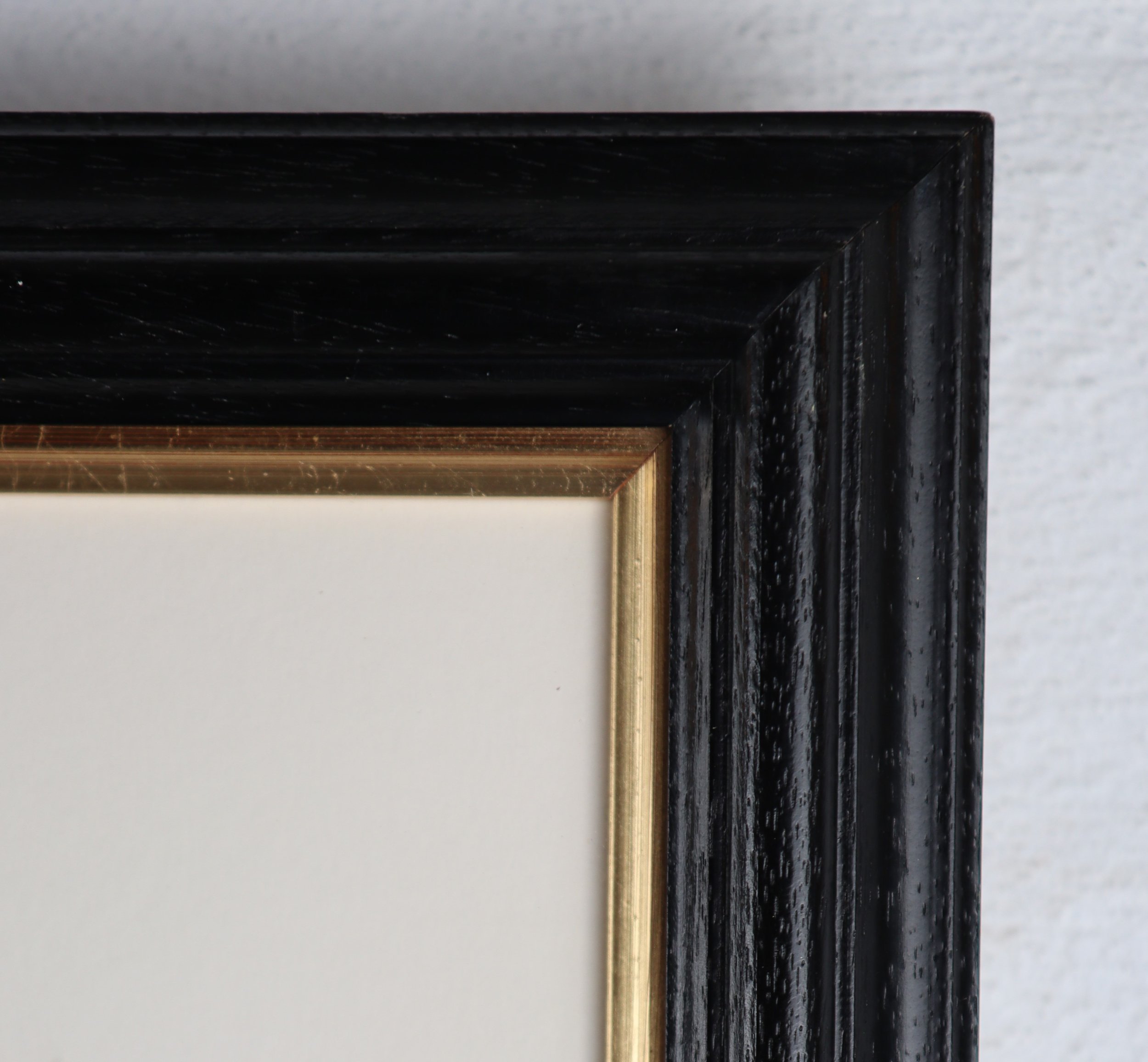What makes this set of engravings significant?
Take a closer look at each element to understand the quality behind and importance of these engravings
The Artist
William Alexander was an artist and master illustrator who became the first keeper of the prints and drawings at the British Museum from 1808 until his death in 1816.
Alexander began his career as a junior draughtsman with Lord Macartney's Embassy. Also called Macartney Mission, the Macartney’s Embassy was a British mission that travelled to China in 1792–93 to secure favourable trade relations for the UK. Headed by George Macartney and was sent by King George III to the Qianlong emperor. In all the Embassy consisted of over 600 people, amongst the skilled trades people, translators, diplomats and trade negotiators, was the illustrator William Alexander.
Alexander illustrated the Qianlong emperor preparing to meet with George Macartney and his mission shown below.
An Authentic Account of an Embassy from the King of Great Britain to the Emperor of China – William Alexander
In addition to this, we also know that Alexander illustrated the Chinese military forces waiting to welcome the Macartney Embassy in 1793, below.
An Authentic Account of an Embassy from the King of Great Britain to the Emperor of China – William Alexander
Having established himself as an illustrator with this diplomatic mission, Alexander’s enhanced status led to his appointment at the British Museum. Prideaux, one of Alexander’s contemporaries, described him as that Alexander was “an excellent draughtsman” noting, “his illustrations are of considerable value”.
The Publication
These engravings are from an original publication “A Description of the Collection of Ancient Marbles in the British Museum with Engravings”, which was printed by W. Bulmer & Co and sold at the British Museum between 1814-1821 after illustrations by William Alexander.
The publication set out to carefully catalogue the marbles in the Museum’s collection. The descriptive detail included their places of discovery, the history and achievements of their subjects and the detail of their condition. The opening comment in the publication “Particular attention has been paid to distinguish and point out those parts which are not antique” demonstrates the authenticity and accuracy of the engravings. Make no mistake, this catalogue set out to illustrate, describe and represent in high detail the artifacts and achieved that. It is no exaggeration to describe engravings from this publication as detailed and very fine indeed.
The Subjects
Sophocles
Sophocles was one of the three great ancient Greek tragedians (after Aeschylus, before Euripides) whose work has survived. Only seven of his one-hundred and twenty three plays are preserved in their complete form but, for almost fifty years, he was the most-awarded playwright in the Dionysia dramatic competitions of Athens. Sophocles was an important influence on the development of the drama, most importantly by adding a third actor (and thereby reducing the importance of the Chorus in the presentation of the plot) and by developing his characters to a greater extent than earlier playwrights.
The bust depicting Sophocles was found in Genzano di Roma, the Italian region of Lazio.
Since the acquisition by the British Museum in 1805, the bust of Sophocles been exhibited in Madrid, Seville, Zaragoza and Palma, as well London.
Epicurus
Epicurus was a major figure in this history of science and philosophy. He argued that people should only apportion belief to factual and observed evidence and logic, rejecting superstition and faith in divine intervention. He also propounded the scientific view of atomism, according to which all facts in the macroscopic world are caused by the configuration of atoms or indivisible elements in the microscopic world.
He is most famous for his theory of hedonism: that pleasure is the only intrinsic value, that all things are to be done for the sake of the pleasant feelings associated with them.
The bust depicting Epicurus was found in Villa Casali, in the Italian region of Lazio.
Dionysus (Bacchus)
Originally Dionysus was the Greek god of fertility and was later known as the god of wine and pleasure (hence he is sometimes depicted with leaves and grapes in his hair). The Romans called him Bacchus.
This particular bust depicts him with a beard of flowing curls and two hanging locks of hair, down to his shoulders on each side of the neck. The ornamental headband upon his head, the slightly playful look of his face given to Satyrs, all indicate that this bust of Dionysus is representing his image in his early adult years.
The bust depicting Dionysus was found in the ancient Roman city of Baiae (about 10 miles west of Napels).
Dionysus (Bacchus)
The second representation of Dionysus in this set.
This version is crowned with a more broad headband, a more broad and square beard, the hair is in small round curls on the forehead, and falls in long tresses before and behind. It has a more distinguished and developed look and appears to represent him further into adulthood than the bust above.
This bust depicting Dionysus was also found in the ancient Roman city of Baiae (about 10 miles west of Naples).
Pericles
Pericles was a statesman, public speaker and a military general who was so influential in rebuilding ancient Athens that the "golden age" of that city-state, from 449 - 429 B.C., is known as the Age of Pericles.
Pericles was a great supporter of art and literature and through his efforts Athens acquired the reputation of being the educational and cultural centre of the ancient Greek world. He started a hugely ambitious project that generated most of the surviving structures on the high city, including the Parthenon.
Pericles is often depicted wearing a helmet pushed back on his head, to denote his military standing and to also hide the unusual shape of his head!
The bust depicting Pericles was found in Tivoli, Lazio.
Homer
Homer is considered one of the most revered and influential authors in history. He was a Greek poet and is credited as the author of “The Iliad” and “The Odyssey”, two epic poems that are foundational works of not just ancient Greek literature but also basis of Greek education and culture throughout the Classical age. They tell the story of the Trojan War and its aftermath.
The bust depicting Homer was found in the ancient Roman city of Baiae (about 10 miles west of Naples).
Since the acquisition by the British Museum in 1805, the bust of Homer has been exhibited in Tokyo, Niigata, Washington, California, Abu Dhabi, Bonn and New York, as well London.
The Frames
The handmade bespoke wooden frames for these prints were made in the late 20th century by Fine Art Trade Guild members Robson Miller Gallery (Worcester).
Now around 30 years old, these frames were clearly commissioned to enhance and not detract from nor overpower the engravings they so elegantly display.
A welcome detail to this set is the gold fillet is mounted behind the glass> While it is not usual for the fillet to be behind the glass there is no doubt that this adds to the overall gloss of this set and has the additional bonus making it easier to keep the frames dust free!
